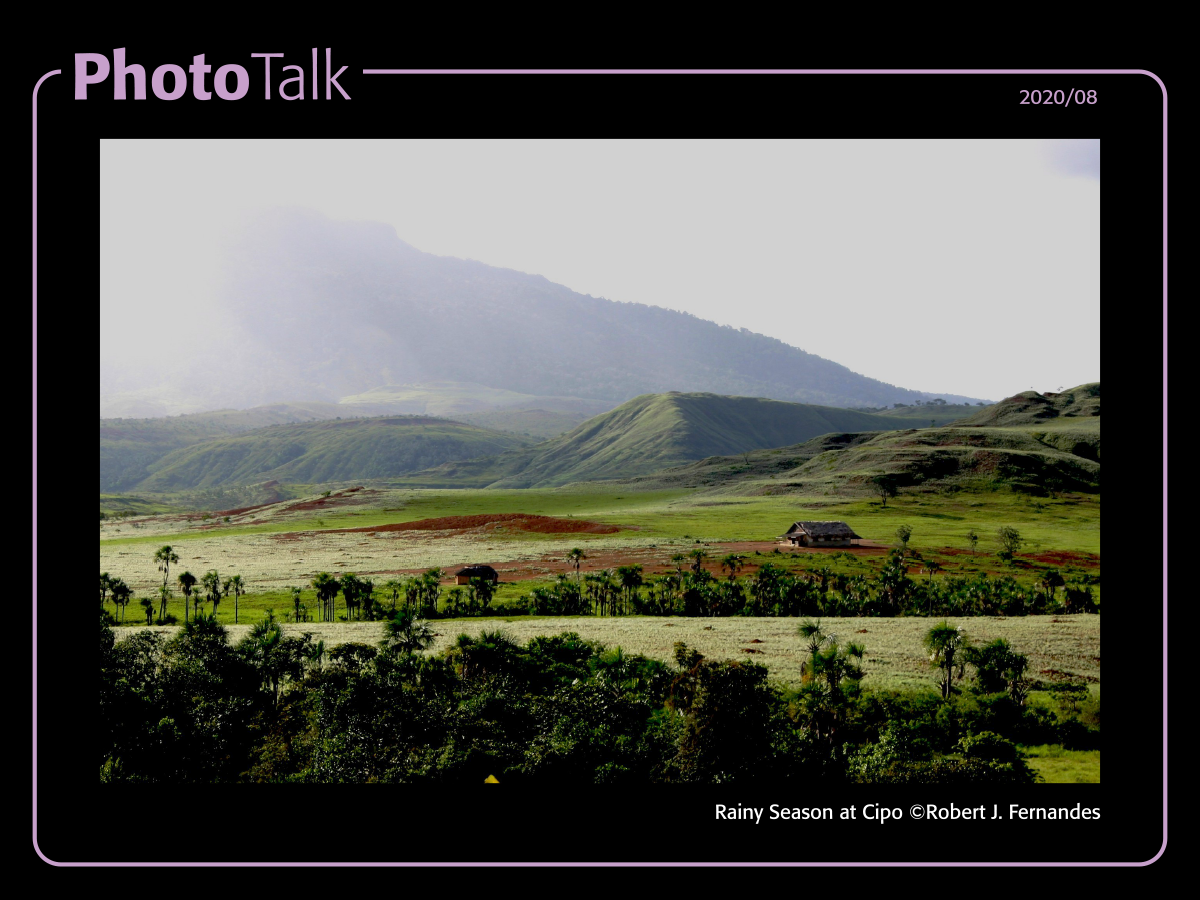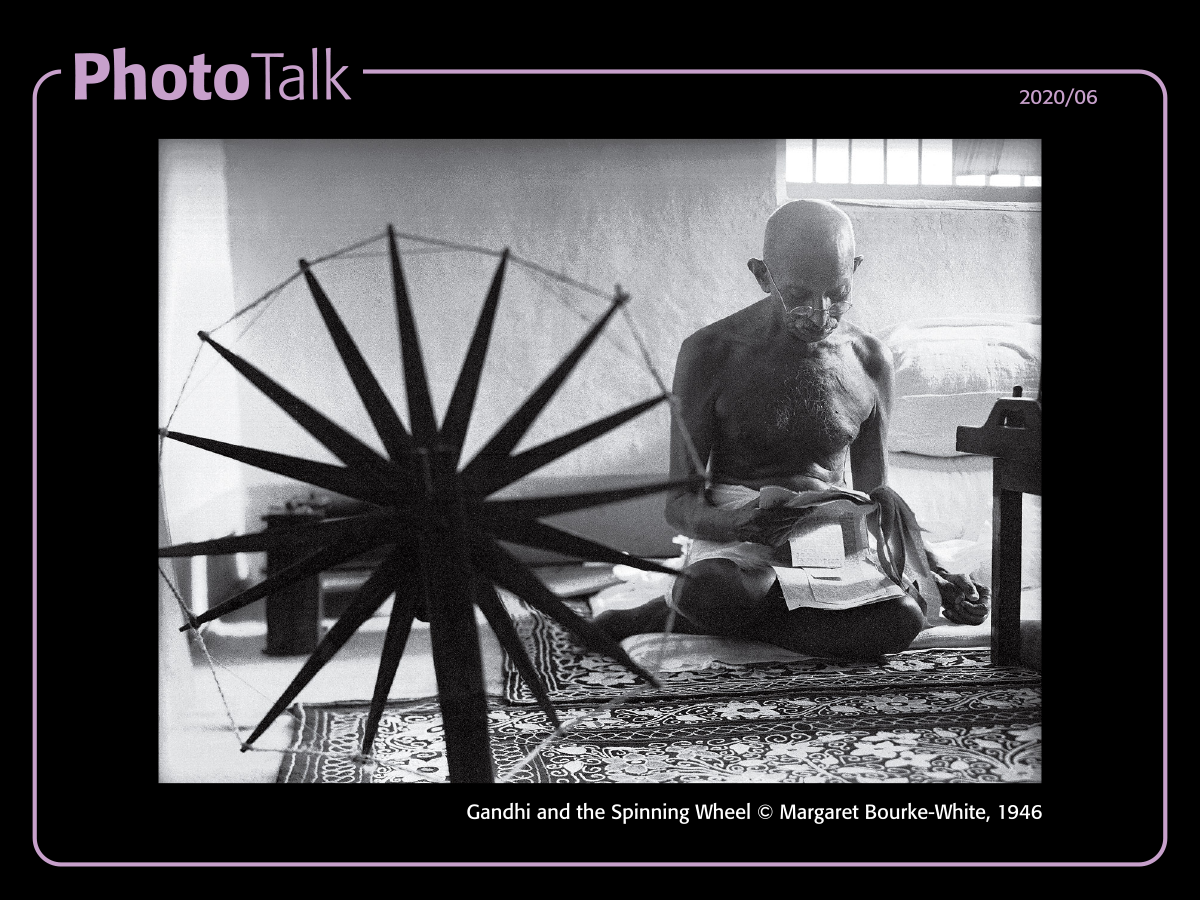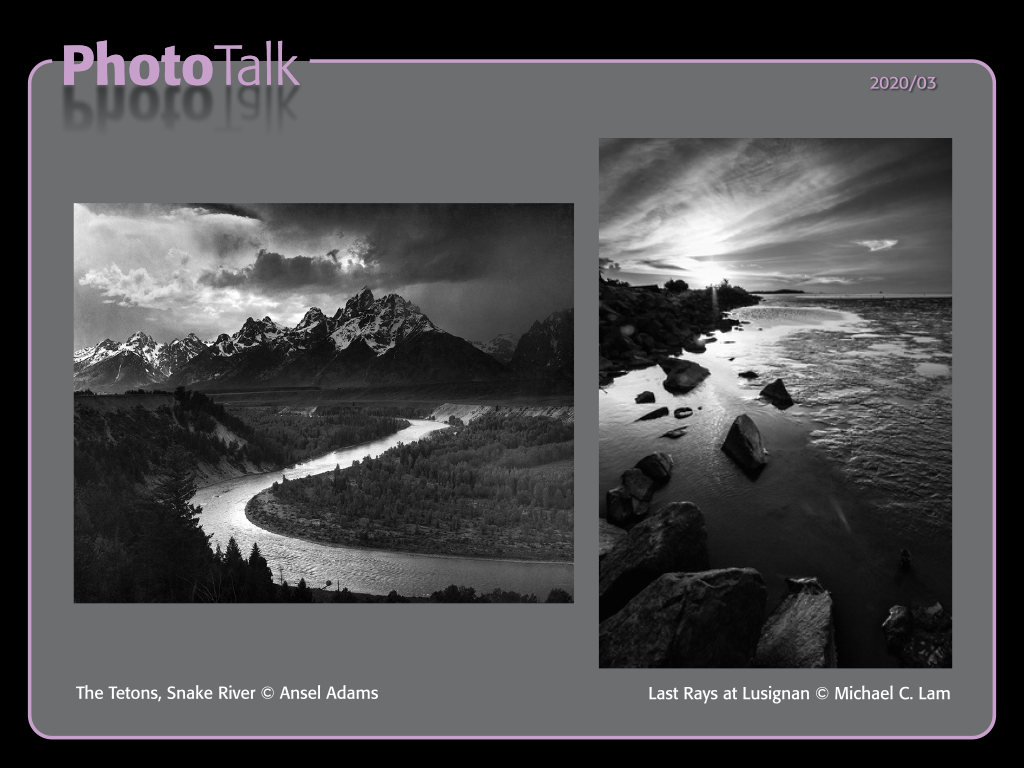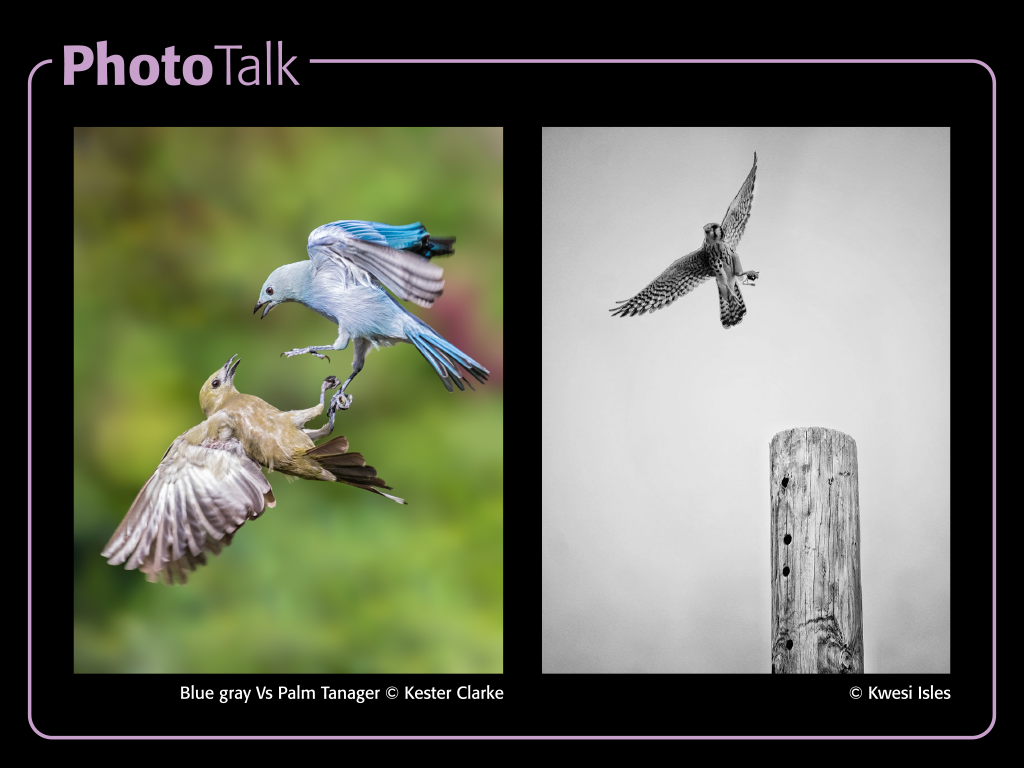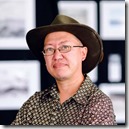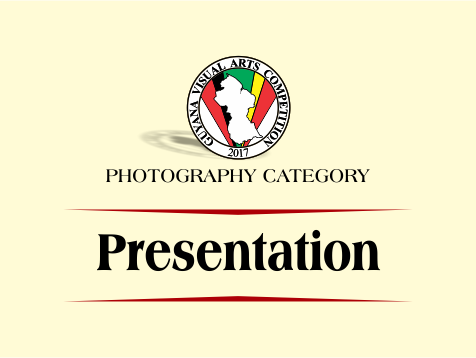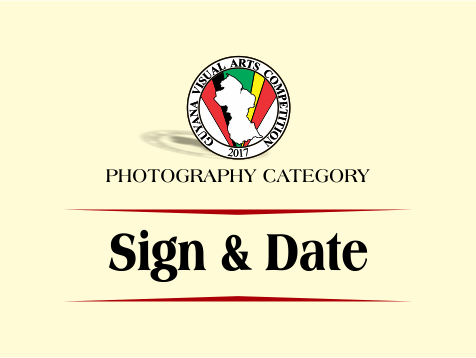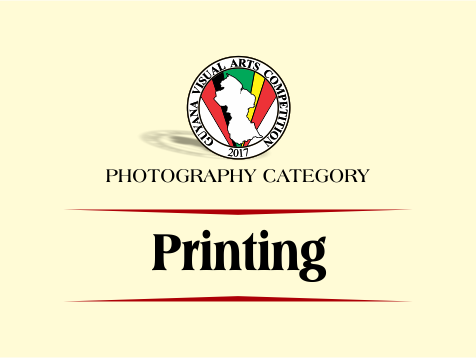PhotoTalk 2020/08
I started off this series of chats with photos from two local photographers (Kester Clarke and Kwesi Isles), because I think that it is important to recognise and highlight our local talent, while also learning from the established and legendary photographers from around the globe. Today I want to share an image by one of our own local legends, Mr. Robert J. Fernandes, better known as Bobby Fernandes.
Although not my favourite image from him, I think that this image exemplifies some of the things that has always made Uncle Bobby’s images meaningful to me. This one is called “Rainy Season at Cipo”.
What follows are my own views, I can’t speak for anyone else; I grew up seeing his works on calendars, whether it was nature or architecture I was always fascinated, I think I learned more about local buildings, and about our country from seeing his photos on calendars than I did from the papers, mainly because I would ask questions of my parents or grand-parents about the images I was seeing. His images of anywhere outside of Georgetown were captivating to me, and he became known for these, I believe mainly because he had something most others didn’t, and that was access to these places, but I remember my parents and grand-parents saying to me that Bobby had “the eye”. He saw things and captured them on film in a way other people here didn’t.
As I myself got to know Uncle Bobby in later years, as I myself was beginning to learn about photography, I was surprised to learn that when I spoke about shutter speeds and aperture, ISO and bracketing, and all the other camera techniques I was learning about, he’d be amused in a way, because to him those were “camera tricks” and not very important to the final image, he was all about what he was seeing, yes, he’d use the camera and its settings, but the visual impact was more important; and there it was, it dawned on me that my parents and grand-parents were right, he had “the eye”.
I remember one conversation with some other photographers one Friday evening where we were discussing his work, and the lack of technical excellence in Bobby’s work came up, and at the end the general consensus was that Bobby wasn’t a gear-head like some of us are these days, he was a photographer, and the results speak for themselves.
He lived in the Orinduik area for many years, and his images of vistas, water-falls and life there will always remain with me, as will his other works of wildlife, natural patterns, and much more. If you can get your hands on his last book “99 Best” you would not be disappointed.
Michael C. Lam
Our eighth post in the PhotoTalk series, this was posted to the Guyana Photographers’ Facebook Group on the 7th April, 2020. The original comments and discussion can be seen on that post.

